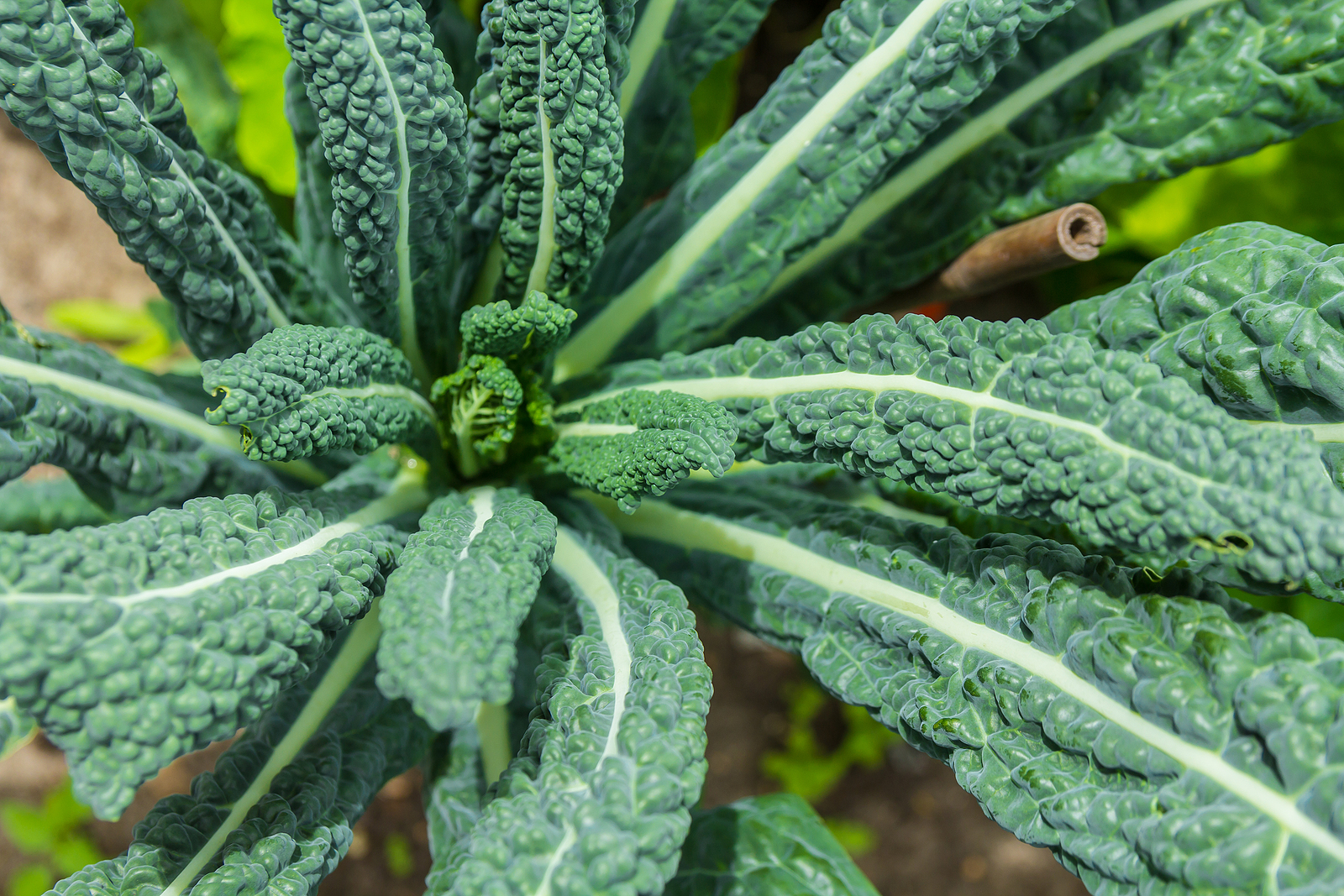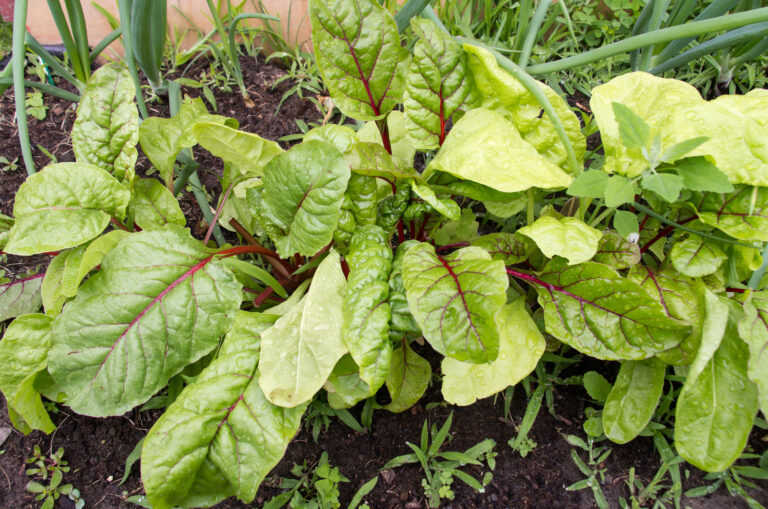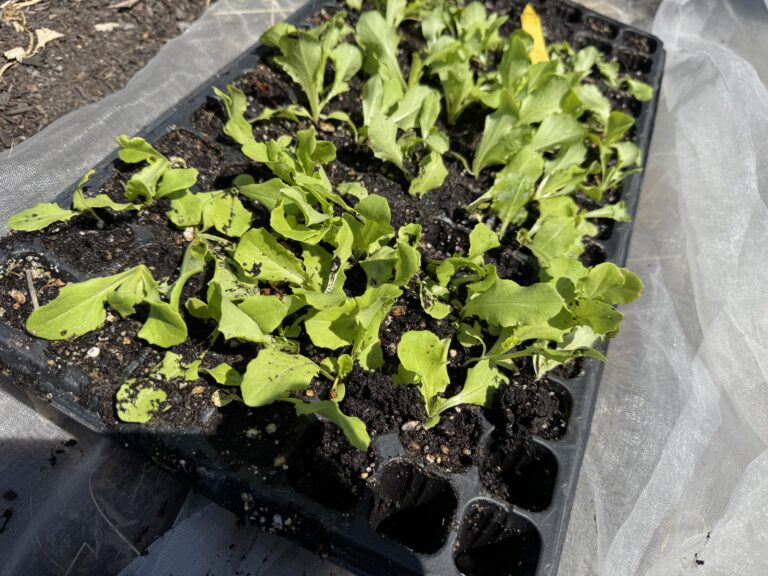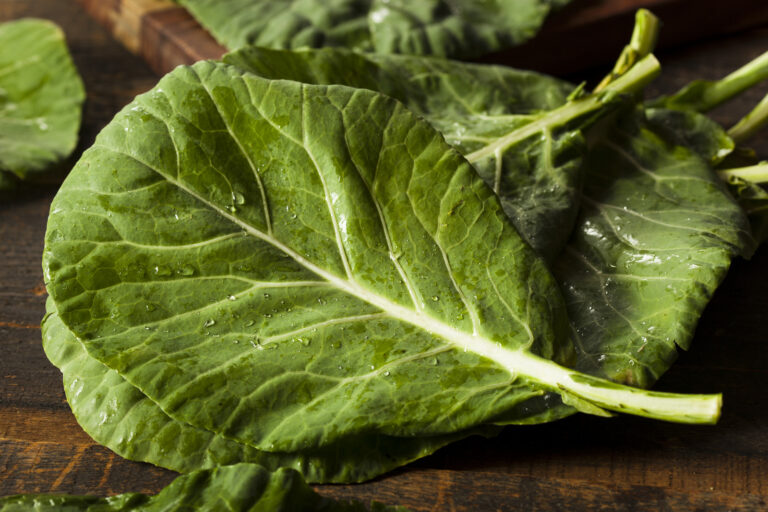Best Kale Varieties for Different Climates
I’ve been growing kale for over 30 years in both mild coastal gardens and hot inland valleys, and I’ve learned that variety choice can make or break your harvest. Kale is hardy, but certain types thrive better in specific climate conditions. Here’s how to match the best kale varieties to your region so you can enjoy fresh, nutrient-rich greens all season long.
Why Climate Matters for Kale
Kale grows in almost any USDA zone, but temperature and weather patterns affect flavor, texture, and growth rate. Cool-season varieties tend to get sweeter after frost, while heat-tolerant varieties resist bolting in warmer weather.
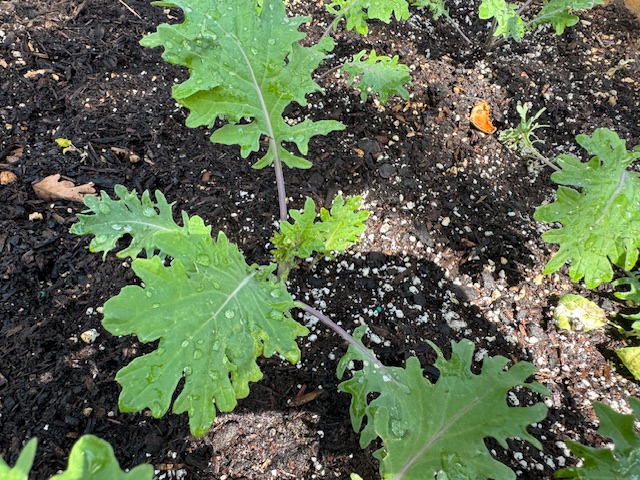
For Cool and Frosty Climates (Zones 3–6)
Best varieties:
- Winterbor: A curly kale that thrives in freezing temperatures and produces all winter under light snow cover.
- Red Russian: Sweetens noticeably after frost, with tender, flat leaves and a mild flavor.
- Nero di Toscana (Tuscan): Survives frost well and develops deep, earthy sweetness in cool weather.
My tip: In my cooler-season beds, I’ve seen Red Russian outlast other varieties into early spring without protection.
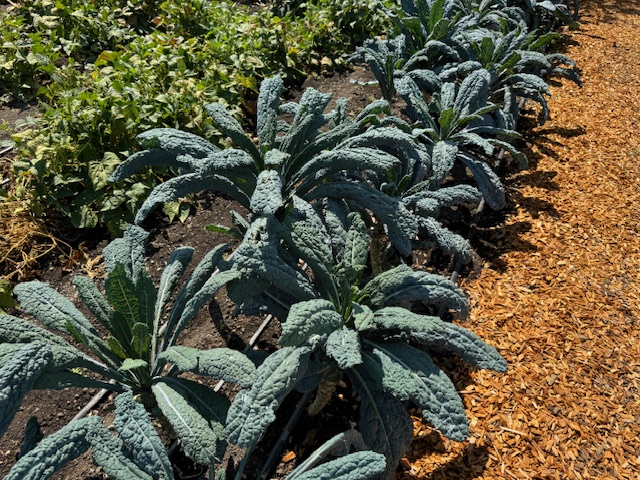
For Mild, Coastal Climates (Zones 7–10)
Best varieties:
- Lacinato (Dinosaur Kale, Tuscan): Slow to bolt in mild winters; perfect for year-round picking.
- Dwarf Blue Curled: Compact, cold-tolerant, and ideal for smaller garden spaces.
- Portuguese Kale (Tronchuda): Broad, flat leaves with mild flavor; grows steadily in steady, cool-to-warm weather.
My tip: In my coastal garden years, I planted Lacinato in fall and harvested for 10 straight months without replanting.
For Hot Summer Climates (Zones 8–11)
Best varieties:
- Siberian Kale: Heat-tolerant and slow to bolt, with large, flat leaves.
- Premier: Early-maturing and resistant to yellowing in warm weather.
- Mizuna Hybrid Kales: Technically a mustard-kale cross, they withstand heat and keep producing tender leaves.
My tip: I’ve had success extending summer kale production by using shade cloth and choosing Siberian for its bolt resistance.
Growing Tips for Any Climate
- Stagger plantings every 3–4 weeks for a longer harvest window.
- Mulch deeply to regulate soil temperature and retain moisture.
- Harvest regularly to keep plants producing new, tender leaves.
Final Thought: By choosing the right kale varieties for your climate—and using proven techniques—I’ve been able to harvest fresh kale nearly year-round in both frosty winters and blazing summers. You can too.
🥬 Kale Learning Hub
Start here: The Ultimate Kale Growing Guide: From Seed to Harvest
1. Types and Varieties of Kale
- Different Types of Kale Explained: Curly, Flat, Russian & Tuscan
- Best Kale Varieties for Different Climates
2. Planting and Timing
- Kale Seed Starting Tips
- When to Plant Kale for Fall, Winter, and Spring Harvests
- Succession Planting Kale for a Continuous Harvest
- How to Space and Thin Kale for Maximum Yield
- Zone-by-Zone Kale Planting Calendar
3. Seasonal Growing
- How to Grow Kale in Cold Climates and Overwinter Successfully
- Can You Grow Kale in Summer? Tips for Heat-Stressed Plants
4. Care and Maintenance
- How Much Water Does Kale Need? A Watering Guide
- How to Fertilize Kale for Lush Leaf Growth
- Best Companion Plants for Kale (And What to Avoid)
- How to Prune Kale for Continued Production
5. Container Gardening
6. Pests and Diseases
7. Harvest and Storage
- How to Harvest and Store Kale
- How and When to Harvest Kale Leaves for Best Flavor
- Tips for Extending Kale Harvest Through the Season
8. Kale in the Kitchen

